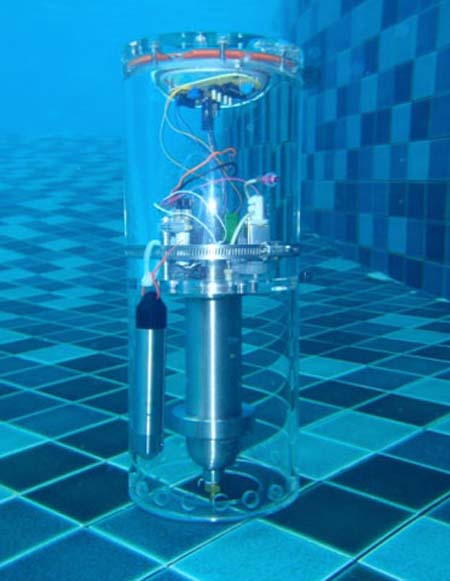Not to be outdone by the Army or Air Force, the Navy is also focusing on being environmentally friendly.
Its most recent project has been the Zero Power Ballast Control (ZPBC), that utilizes microbial energy harvesting developments to power underwater sensors in both surfacing and reporting capabilities.

The device will act much like a traditional Expendable Bathythermograph (XBT) and monitor ocean temperatures over weeks, months and eventually years, which is reportedly much longer than traditional XBTs.
The Navy tested the ZPBC over the course of a week in Thailand to gauge readings and energy efficiency.
According to Dr. Justin Biffinger, who looks to be involved in the project, “the device surfaced and submerged periodically as designed via hydrogen gas…proving the device generated gas in sufficient quantity to produce buoyancy.”
The ZPBC will surface either with an on-board, low-energy timer or go the zero power route and depend on the rate of microbial growth rate.
Various sensors can be attached to the device to detect and classify, monitor rise to the surface, report and re-submerge.
The information reported by the ZPBC could provided in-water optical data “for underwater visibilities, laser penetration depths, diver and target vulnerability assessments, electro-optical system performance predictions, and refining numerical models.”
The ZPBC is still in testing mode, but eventually the information provided by this device could greatly help both scientific and military sectors.
Currently, the devices need to remain tethered, but the naval scientists hope to eventually add geo-referencing to eliminate this need.






